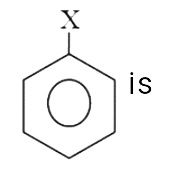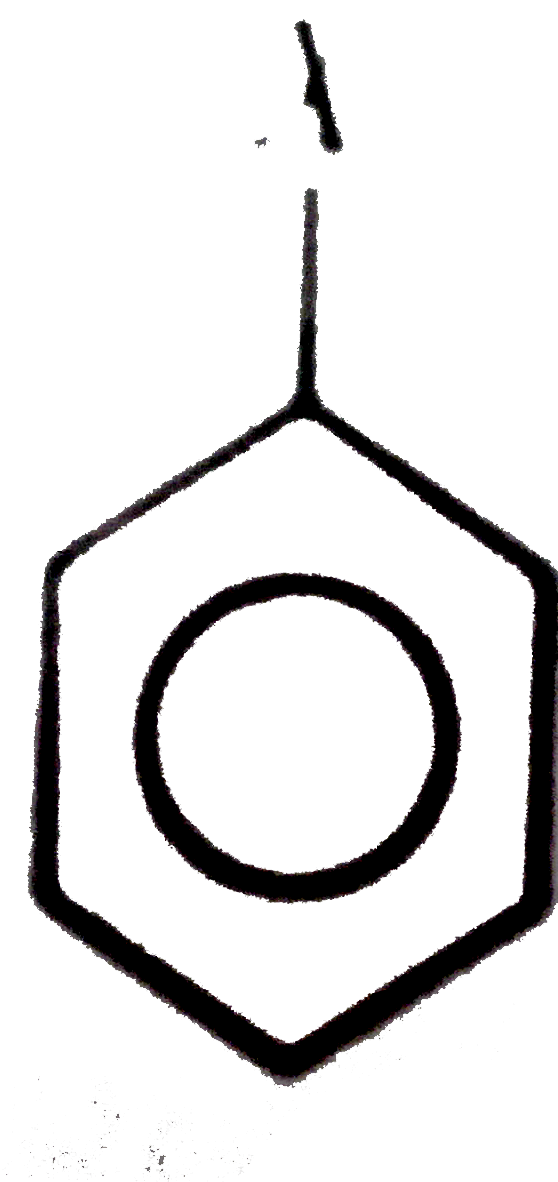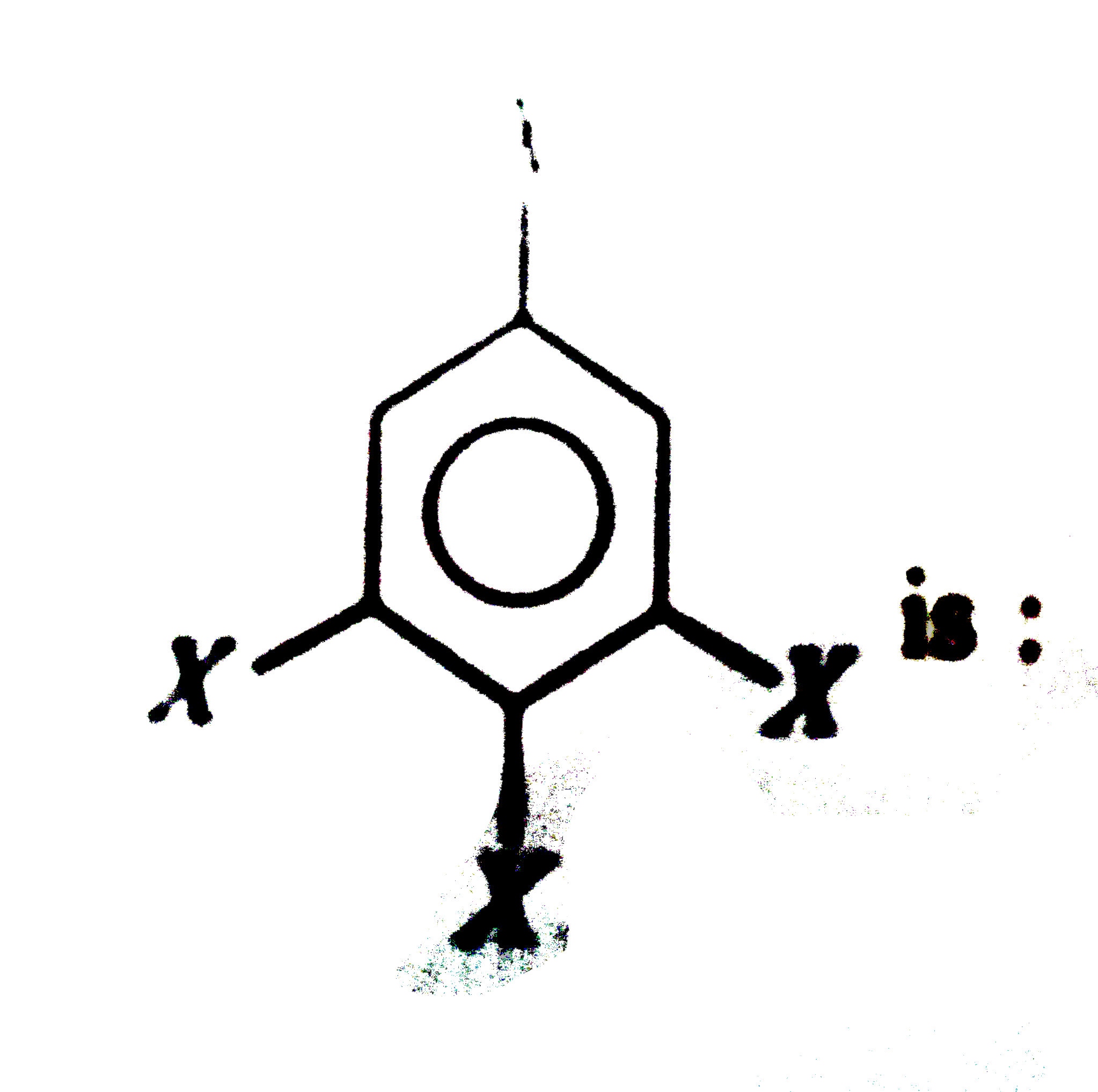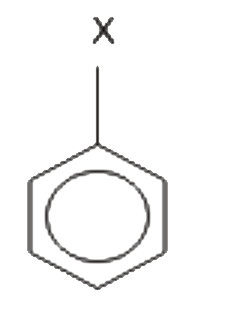If the dipole moment of HCl is 1.08 D and the bond distance is 1.27Å, the partial charge on hydrogen and chlorine , respectively are
+1.0and−1.0
+.85and−.85
+0.356and−0.356
+0.177and−0.177
The correct Answer is:D
To find the partial charges on hydrogen and chlorine in HCl, we can use the dipole moment formula and the given values. Here’s a step-by-step solution:
Step 1: Understand the Dipole Moment
The dipole moment (μ) is given by the formula:
μ=Q×D
where:
- μ is the dipole moment,
- Q is the partial charge,
- D is the bond distance.
Step 2: Convert Units
We need to convert the bond distance from angstroms to meters:
1 Å=10−10 m
Thus,
D=1.27 Å=1.27×10−10 m
Step 3: Convert Dipole Moment to SI Units
The dipole moment is given as 1.08 D. We need to convert this to coulomb-meters:
Using the conversion:
1 D=3.34×10−29 C m
So,
μ=1.08 D=1.08×3.34×10−29 C m
Calculating this gives:
μ=3.6072×10−29 C m
Step 4: Rearrange the Dipole Moment Formula
Now, we can rearrange the dipole moment formula to solve for the partial charge Q:
Q=μD
Step 5: Substitute the Values
Substituting the values we have:
Q=3.6072×10−29 C m1.27×10−10 m
Step 6: Calculate the Partial Charge
Calculating this gives:
Q=2.838×10−19 C
Step 7: Find the Fractional Charge
To find the fractional charge, we can compare it to the charge of an electron, which is:
e=1.6×10−19 C
Thus, the fractional charge is:
Fractional Charge=Qe=2.838×10−191.6×10−19≈0.177
Final Result
The partial charges on hydrogen and chlorine are:
- Partial charge on Hydrogen (H): +0.177e
- Partial charge on Chlorine (Cl): −0.177e
The dipole moment (μ) is given by the formula:
μ=Q×D
where:
- μ is the dipole moment,
- Q is the partial charge,
- D is the bond distance.
We need to convert the bond distance from angstroms to meters:
1 Å=10−10 m
Thus,
D=1.27 Å=1.27×10−10 m
The dipole moment is given as 1.08 D. We need to convert this to coulomb-meters:
Using the conversion:
1 D=3.34×10−29 C m
So,
μ=1.08 D=1.08×3.34×10−29 C m
Calculating this gives:
μ=3.6072×10−29 C m
Now, we can rearrange the dipole moment formula to solve for the partial charge Q:
Q=μD
Substituting the values we have:
Q=3.6072×10−29 C m1.27×10−10 m
Calculating this gives:
Q=2.838×10−19 C
To find the fractional charge, we can compare it to the charge of an electron, which is:
e=1.6×10−19 C
Thus, the fractional charge is:
Fractional Charge=Qe=2.838×10−191.6×10−19≈0.177
The partial charges on hydrogen and chlorine are:
- Partial charge on Hydrogen (H): +0.177e
- Partial charge on Chlorine (Cl): −0.177e
Similar Questions
The dipole moment of
 is 1.5 D.
is 1.5 D.
The dipole moment of is
is
View SolutionDipole moment of
 is 1.5D. The dipole moment of
is 1.5D. The dipole moment of

View SolutionIf the dipole moment of AB molecule is given by 1.6 D and A - B the bond length is 1Å then % covalent character of the bond is
View SolutionIf the dipole moment of AB molecule is given by 1.2 D and A - B the bond length is 1Å then % ionic character of the bond is [Given : 1 debye =10−18 esu. Cm]
View SolutionThe dipole moment of
 is 1.5 D.
is 1.5 D.
The dipole Moment of
in Debye is ___
View SolutionA diatomic molecule has dipole moment of 1.2D. If the bond distance is 1Å what parcentage of covalent in the molecule is
View SolutionThe observed dipole moment of HCl is 1.03 D. If the H-Cl bond length is 1.275 Å, calculate the per cent ionic character in HCI.
View SolutionThe observed dipole moment of HCl is 1.03D. If the bond length of HCL is 1.275Å, then the percent ionic character of H−Cl bond is
View SolutionThe observed dipole moment of HCl is 1.03D. If the bond length of HCL is 1.3Å, then the percent ionic character of H−Cl bond is
View SolutionThe dipole moment of HBr is 1.6×10−30cm and interatomic spacing is 1Å. The % ionic character of HBr is
View Solution
